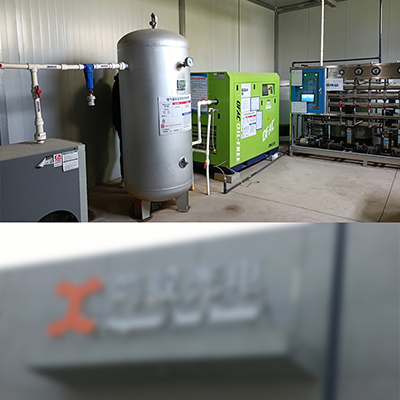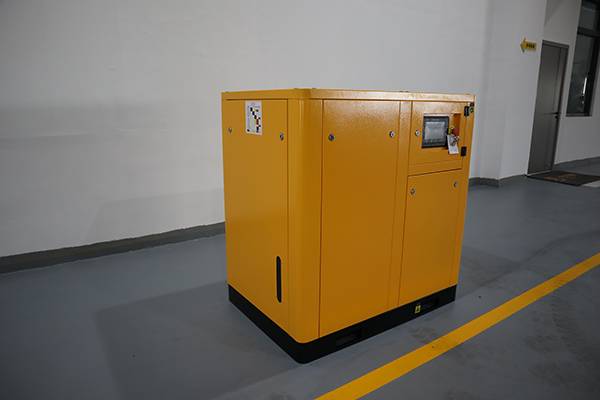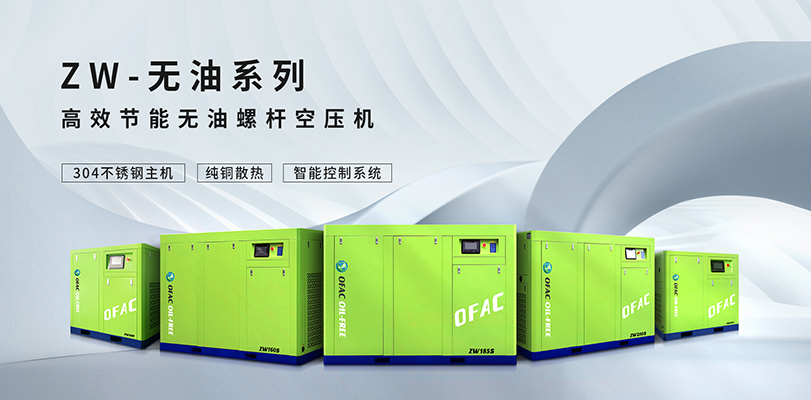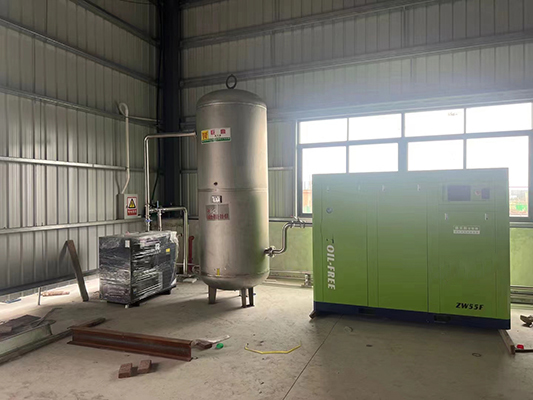normal pressure air compressor compatibility with different air tools like nail guns and grinders
News 2025-10-24
Normal pressure air compressors are fundamental in many industrial and workshop settings, delivering consistent compressed air to operate a range of pneumatic tools. Compatibility with tools such as nail guns and grinders is crucial for ensuring seamless performance, safety, and efficiency. These compressors typically operate at pressures around 90-120 psi, which aligns well with the requirements of most standard air tools. Factors like air flow rate, hose size, and connector types play key roles in achieving optimal compatibility, reducing downtime and enhancing productivity in daily operations.

Application Scenarios
Normal pressure air compressors find extensive use in construction, where nail guns require reliable air supply for driving fasteners into wood or concrete. In automotive repair shops, grinders powered by these compressors handle tasks like rust removal and surface sanding with precision. Manufacturing environments also benefit, as tools for assembly and finishing demand steady pressure to maintain quality and speed, showcasing the versatility of these systems across diverse work settings.
Performance Advantages
Compatibility enhances performance by matching the compressor’s output to the tool’s specific needs, such as the high-speed operation of grinders or the rapid cycling of nail guns. This ensures minimal energy loss, longer tool life, and reduced maintenance costs. Additionally, using compressors with adjustable pressure settings allows for fine-tuning, which optimizes efficiency and prevents tool damage, making them a smart choice for professionals seeking reliable results in demanding conditions.
Importance in Industrial Processes
In industrial processes, the compatibility of normal pressure air compressors with various tools streamlines workflows and boosts overall productivity. For instance, in assembly lines, seamless integration with nail guns and grinders supports continuous operation, minimizing interruptions. This reliability is vital for maintaining safety standards and meeting production deadlines, underscoring the role of compatible systems in fostering innovation and efficiency within the manufacturing sector.


